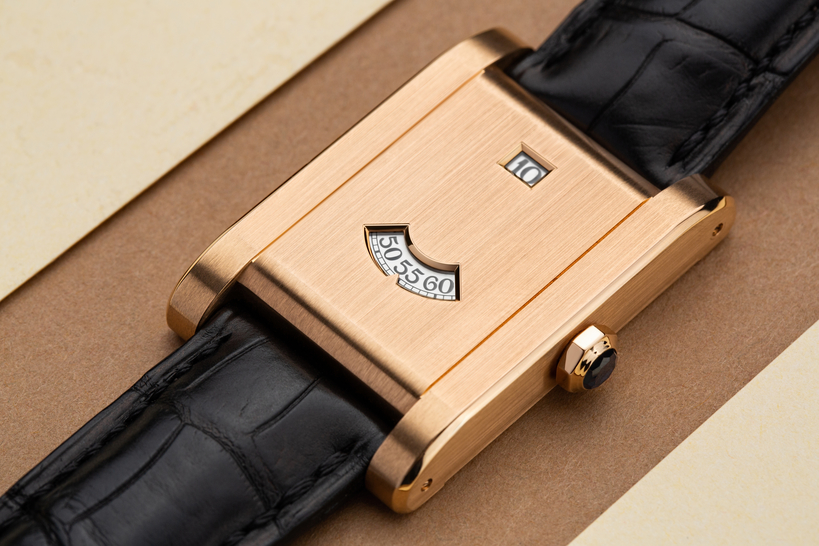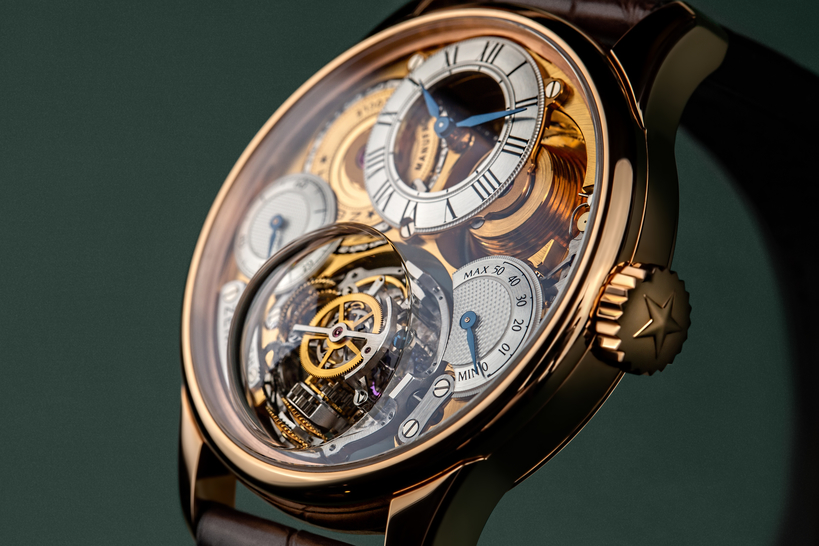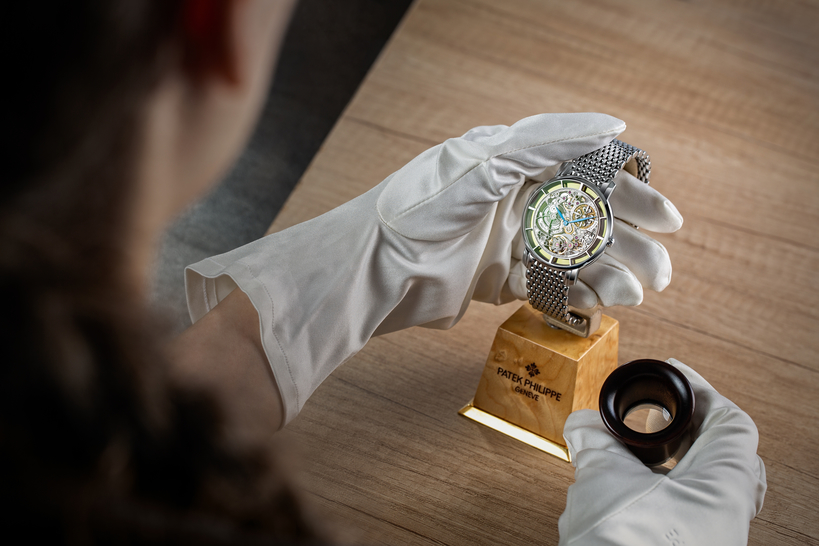A new base movement for astronomical complications.
The Dutch watchmaker Christiaan Van Der Klaauw had worked on more subtle interior clocks before 1980, when he released a model that would determine the new course of development for the workshop founded in 1974.
The novelty was mind-blowing, and combined a 3D moon-phase display, an indication for the sun's declination, and a carillon striking mechanism. Since then, the watchmaker has focused on astronomical complications, which were precisely what helped him become an honorary member of the Swiss Académie Horlogère des Créateurs Indépendants (AHCI) in 1989.
They also won him an award for the most innovative movement design in 1992: the Pendule Variable model with a rotating sun and moon along with an astrolabe won the gold medal in Basel.
In the years that followed, Van Der Klaauw began transferring his astronomical developments to wrists. His first wristwatch saw the light of day in 1996, and the famous Planetarium wristwatch was unveiled to the world at the end of the 1990s.
The brand's new owners, designers Daniël and Maria Reintjes, continued to develop the outstanding watchmaker's ideas after the namesake founder retired in 2009. Pim Koeslag became the most recent new owner — the former technical director of Frederique Constant and CEO of Ateliers deMonaco acquired a majority stake and took over the company two years ago.
Now we seem to be seeing the first fruit born from his arrival to the company. After seven years of development, the first in-house Manufacture Movement has finally been unveiled.
The movement is instantly recognizable, thanks to its rotor shaped like the CVDK logo. The weight mounted on the edge is made of rhodium-coated tungsten. The skeletonized brass rotor coated in rose gold stands out against a backdrop of hand-decorated bridges shaped like shooting stars.
The movement's components are blanketed in stars sprinkled on frosted surfaces, contrasted with classic perlage. The automatic movement has a 60-hour power reserve, and runs at a frequency of 21,600 vph. The new movement which displays hours and minutes is reportedly set to become the base for models with astronomical complications.






